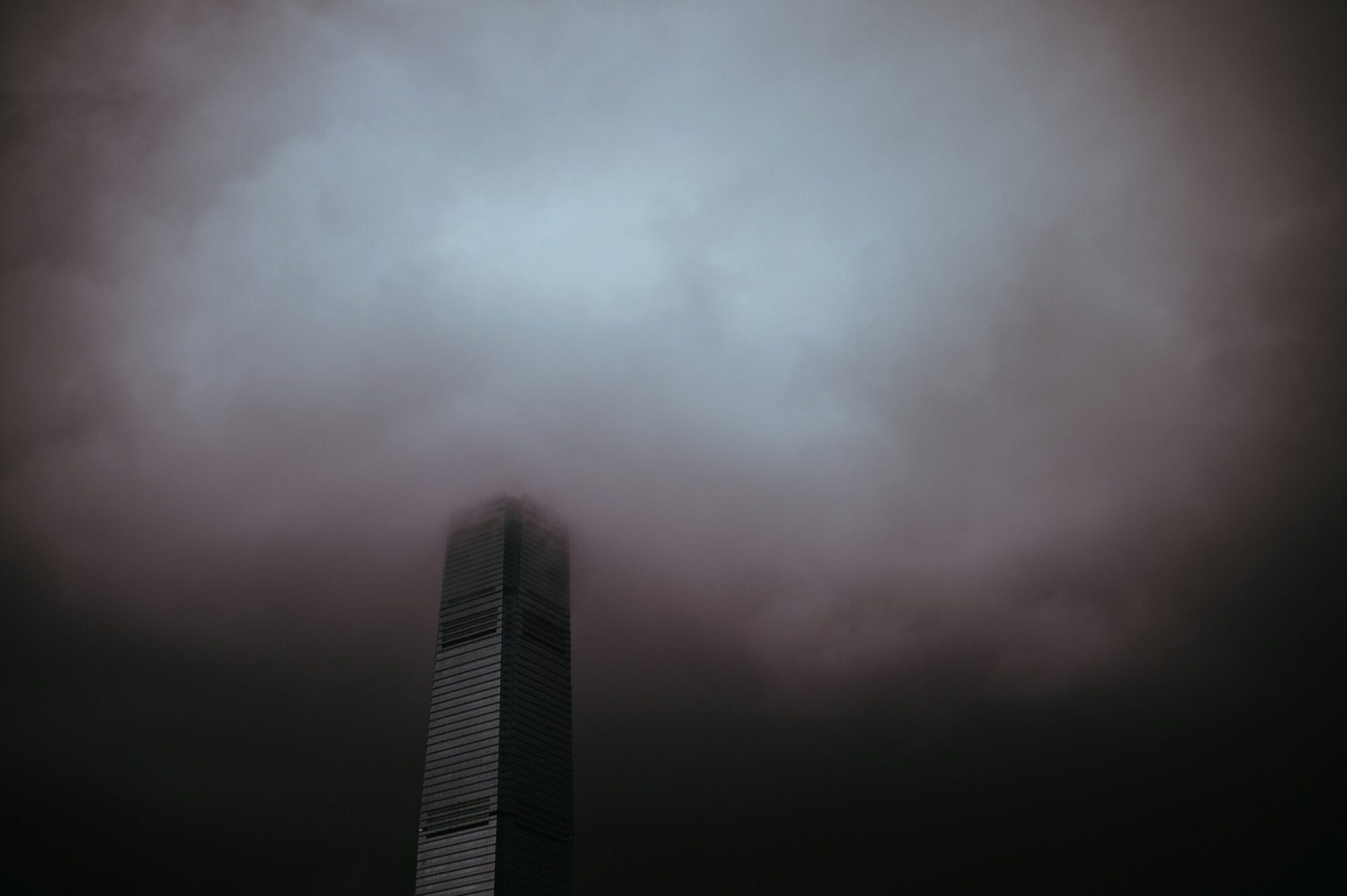Form is never solitary. The line of a wall, the curve of a vessel, the outline of a city — each belongs to a wider system of resonance. A single structure may express coherence, but when many structures stand together they create a collective field, a moral and psychological weather. The shapes we inhabit do not end at the boundary of our homes; they extend outward into the landscape of perception itself. The world’s architecture is a mirror of its consciousness.
Every civilization is a geometry. Its ideals become visible in its skyline, its fears in its foundations. The ancient builder sought correspondence between earth and heaven: temples aligned to stars, streets oriented to solstices, courtyards proportioned by harmonic ratios. The modern builder, pursuing speed and profit, often builds without axis or memory. The result is a field that scatters rather than gathers energy. A culture that lives among fragmentary forms begins to think in fragments. Thought, language, and community echo the same dissonance.
To restore the ecology of form, one must understand that geometry is behavior made visible. A vertical form invokes aspiration; a horizontal one, repose. Curved lines teach continuity; jagged lines awaken tension. The psyche responds instantly to these cues; the nervous system reads them faster than words. In the right proportion, form harmonizes the senses and directs energy toward meaning. In distorted proportion, it produces subtle fatigue — the exhaustion of living inside incoherence.
The relationship between structures is as critical as their individual design. A house aligned with its neighbor, a street following the contour of the land, a window oriented to light — these are acts of sympathy. When each element respects the rhythm of the others, space begins to breathe as one organism. The air circulates, sound travels, sight moves without collision. The invisible ecology of form becomes an atmosphere of peace. The individual feels supported by the larger pattern instead of opposed to it.
Proportion is the grammar of this ecology. The ancients measured by the body — the span of the hand, the step, the height of the heart — knowing that human rhythm is the key to spatial harmony. When measurements grow detached from living reference, architecture loses empathy. Gigantic scales exalt power but neglect proportion; cramped scales breed anxiety. The humane proportion calms because it recognizes us. It speaks the same measure as our breath and pulse.
Form, proportion, and placement extend into nature itself. Mountains, rivers, and trees possess their own geometries. To build in dialogue with them is to amplify their intelligence rather than obscure it. When a structure acknowledges the curve of the hill or the angle of the sun, it participates in the planet’s thought. The land feels seen, and the structure in turn feels alive. A dwelling that ignores the site becomes an intruder; one that listens becomes an organ of the earth.
Cities are the collective body of form. Their streets function as arteries, their plazas as hearts, their skylines as expressions of cultural metabolism. When such a body is designed without coherence, it manifests the psychic fragmentation of its time: noise, congestion, disorientation. But when order reenters — through rhythm, proportion, transparency — a new intelligence emerges. People walk differently in such places; their gestures change. Space educates conduct. The shape of a city teaches the shape of thought.
The ecology of form therefore belongs to ethics as much as to aesthetics. Every design decision is a moral act because it alters the field through which life circulates. To impose forms that exploit attention or induce fatigue is to harm the collective psyche. To create forms that invite balance and dignity is to heal it. The task of the builder, artist, or planner is not to invent novelty but to recover proportion — to restore the conversation between form and consciousness.
This restoration begins wherever awareness touches matter. A doorway aligned with care, a bench placed for contemplation, a facade relieved by shadow — these gestures multiply. Harmony radiates outward. When many such acts occur together, the landscape begins to remember how to sing. The ecology of form is self-repairing once a single rhythm is reintroduced. The world waits for alignment; it reorganizes itself the moment clarity appears.
To live within this ecology is to see design as a mode of attention, not consumption. One moves through the world as through a score of living geometry, sensing intervals and balances, attuned to how everything fits into the larger shape. In this perception, beauty and necessity converge. The curve of a bridge, the silence of a courtyard, the rhythm of a colonnade — all become expressions of one intelligence unfolding through scale and substance.
When form reaches this level of coherence, culture itself begins to clarify. The built world ceases to overwhelm and starts to instruct. Every street corner whispers proportion; every horizon restores perspective. People breathe more deeply, speak more quietly, think more clearly. A civilization achieves maturity when its geometry becomes transparent to spirit. At that point, form no longer dominates life — it reveals it. The visible world becomes an extension of consciousness, and consciousness, recognizing its reflection, begins to evolve.

